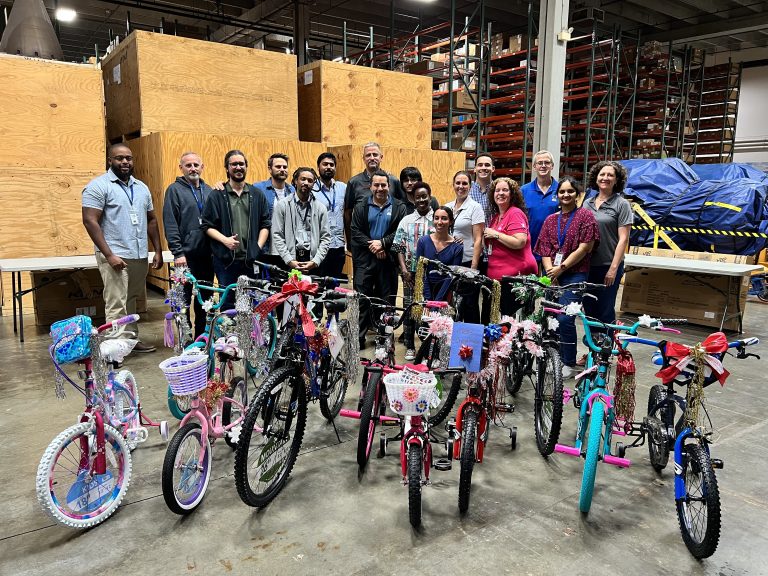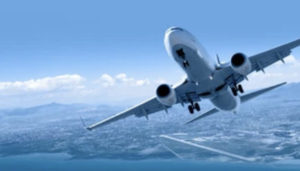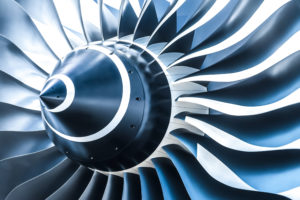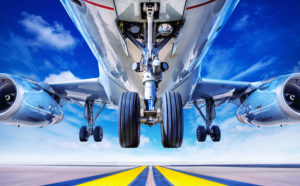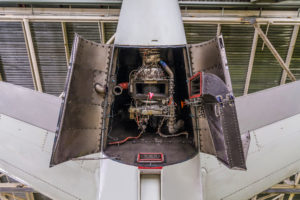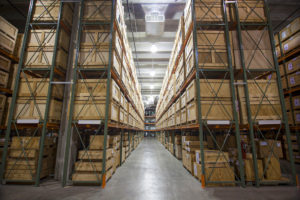
Risk Mitigation is the Solid Foundation at GA Telesis to Ensuring a Positive Flying Experience / By Pastor Lopez
Author: gatelesis
During a speech in 2005 before the Metropolitan Club in New York City, William R. Brody, then-President of John Hopkins University also an MIT graduate, remarked that “risk is an intrinsic element of our daily lives. Every day, millions of people are playing games of chance… If you look behind the discoveries that have made America great, you find people who were willing to risk it all for success, and many more who failed trying.”
His speech is a powerful message about innovation and the use of creativity to harness the future. Business leaders take many risks on a daily basis. They develop short and long-term strategies, but these strategies do not come with a written assurance of “guaranteed satisfaction or your money back.” They require hard work and a complete management circle evaluating the ever-changing business and market forces.
While innovation is driven by the degree of risk tolerance, there are fields where risk is not permitted. Medical and aviation are two that come to mind. Innovations in these fields only get implemented after careful analysis and plenty of testing.
In 1930, Captain A.G. Lamplugh, British Aviation Insurance Group, London, said “Aviation in itself is not inherently dangerous. But to an even greater degree than sea, it is terribly unforgiving of any carelessness, incapacity or neglect.” This holds true today almost 90 years later. As millions of people take to the skies everyday around the world, there is no doubt aviation has become safer over the years.
This has been accomplished by reducing risk factors. The regulations coupled with the Original Equipment Manufacturer (OEM) instructions provide the framework to mitigate risk. Achieving proficiency 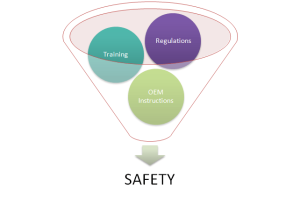 is imperative in order to mitigate risk. Proficiency is the state of being proficient, skillful, having the knowledge as the result of experience or training. The operative word here is training. Michael Jordan was, in part, great on the basketball court because he consistently trained to perfect the buzzer shot. This intense preparation not only gave him the ability to overcome obstacles as they arose during the games, but also gave him the confidence to execute his game routinely. Likewise, aviation technicians need to train very hard to reduce errors, and therefore minimize risks.
is imperative in order to mitigate risk. Proficiency is the state of being proficient, skillful, having the knowledge as the result of experience or training. The operative word here is training. Michael Jordan was, in part, great on the basketball court because he consistently trained to perfect the buzzer shot. This intense preparation not only gave him the ability to overcome obstacles as they arose during the games, but also gave him the confidence to execute his game routinely. Likewise, aviation technicians need to train very hard to reduce errors, and therefore minimize risks.
Despite rapid gains in technology, humans are ultimately responsible for ensuring the safety of every flying aircraft. Boeing has documented human errors to be the primary contributor to more than 70 percent of commercial airplane hull-loss accidents. According to Boeing, “The term ‘human factors’ has grown increasingly popular as the industry has realized that human error, rather than mechanical failure, is a frequent cause on most aviation accidents and incidents.”
At GA Telesis we consistently create, maintain and update a system with solid foundations based on regulations, following the OEM instructions. We have become proficient at mitigating the risks inherent to aviation, making millions of passengers flying experience safer. With the GA Telesis teams worldwide, this is everyone’s duty.
Our mission is customer success. When we accomplish this 100 percent, we have achieved our goal and we will settle for nothing less than perfection.


